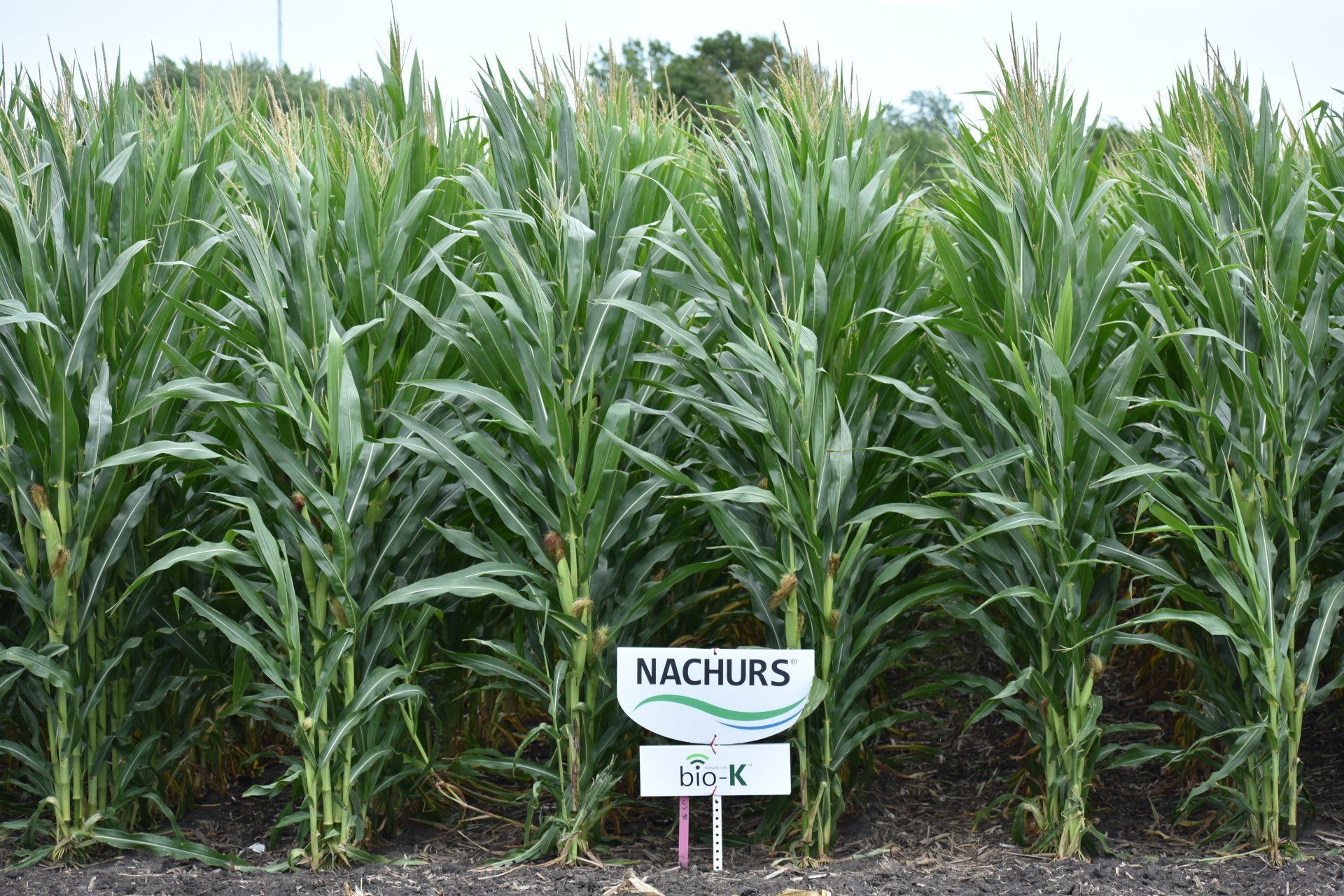


While nitrogen is critical for plant development, health, and yield, nitrogen management has consistently received the most attention.
As the plant’s lifecycle shifts into the reproductive mode, nearly all its internal energy moves nutrients to fruit development. A key component in transporting these nutrients is potassium. As the plant matures, potassium levels nearly always drop at the most critical time.
Potassium is vital in the lifecycle and is often overlooked and taken for granted. The list below is just of few of the key functions of potassium:
· Aids in overall plant health and defense mechanisms
· Builds cellulose for stalk and stem strength
· Essential in starch and protein production/formation
· Major role in internal water regulation
· Regulates CO2 uptake
· Activation of strategic enzymes
· Fruit development and grain fill
As has been mentioned time and time again, monitor soil health and nutrition levels periodically during the growing season. Especially monitor potassium levels as the crop begins to transition into reproductive mode. It is much more challenging to catch up if deficiency symptoms become visible.
Many customers incorporate a foliar potassium program later in the season to ensure their K levels remain sufficiently high.
NACHURS K-fuel® (0-0-24, powered by Bio-K) is ideal for this management practice. It is compatible with almost any crop protection material to “ride” with everyday foliar applications of those products. If making multiple foliar applications in season, applying one gal/ac of K-fuel each time is cost-effective, efficient, and plant-beneficial. Bio-K® is by far the most soluble, available, compatible, efficient, and beneficial form of foliar-applied potassium in production agriculture.
Monitor all nutrient levels, pay particular attention to your potassium levels during flowering, and prevent low K symptoms from reducing production yields and overall plant health.
MS State University Potassium Deficiency in Cotton
Mosaic Crop Nutrition Potassium Deficiency in Soybean

